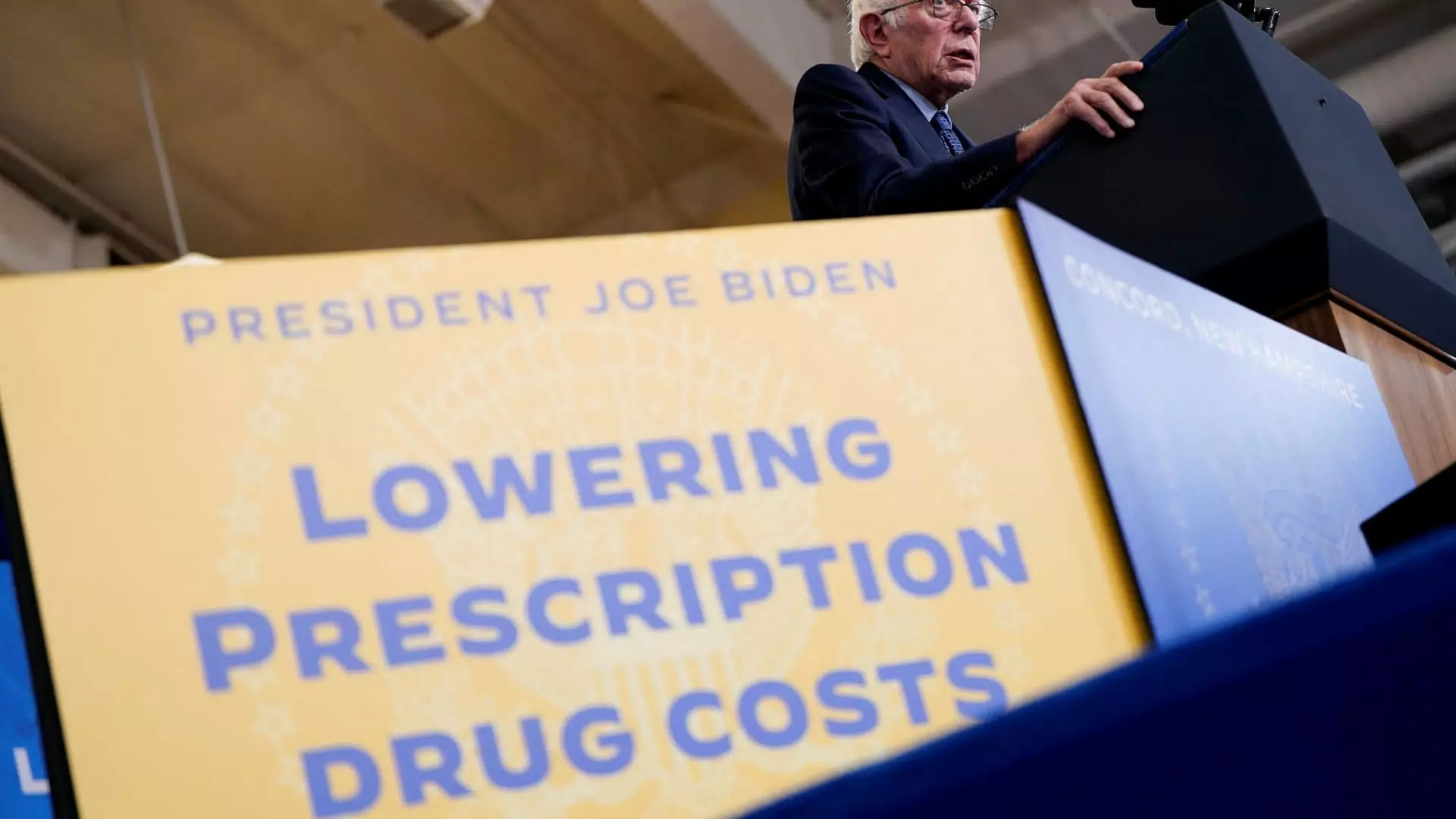The implementation of a $2,000 cap on out-of-pocket spending for Medicare patients represents a transformative shift in how older Americans manage their health expenses, particularly concerning prescription drugs. As highlighted in a recent AARP report, this initiative, introduced under President Joe Biden’s Inflation Reduction Act of 2022, has the potential to provide significant financial relief for millions of seniors who struggle with the high costs of essential medications, especially those required for serious ailments like cancer and rheumatoid arthritis.
This cap, effective from the start of this year, is expected to yield substantial savings for Medicare Part D enrollees. For more than a million beneficiaries projected to hit this cap in 2025, the data indicates that a staggering 94% will benefit from significantly lowered out-of-pocket costs. The average savings are pegged at an impressive $2,474, translating to a 48% reduction in total spending on prescriptions, inclusive of premiums and various costs associated with drug access.
It is essential to contextualize these figures within the broader landscape of prescription drug costs in the United States. Medicare patients currently face relative costs that are two to three times higher than those in other developed nations. This disparity underscores the critical need for reforms like the new cap, targeting the affordability of life-saving medications for older adults. With the exorbitant prices of drugs compounding the financial hardships faced by seniors, the new cap serves as a lifeline for many who live on fixed incomes.
The implementation of this cap is seen not only as an economic relief but also as a crucial step towards equitable health care. The average income of a Medicare beneficiary hovers around $36,000 per year, indicating that a significant portion of their income can go towards medical expenses. Consequently, being able to redirect savings from reduced prescription costs towards essential living expenses—such as food and housing—can dramatically alter their quality of life.
The AARP findings reveal noteworthy variations within the affected demographics. Approximately 62% of the enrollees expected to hit the out-of-pocket limit will save more than $1,000, while an impressive 12% could see reductions exceeding $5,000 in their annual drug costs. This data spotlights the cap’s potential to alleviate financial pressure on the most vulnerable segments of the Medicare population.
However, a segment of 6% is projected to experience increased out-of-pocket costs, averaging an additional $268. While this percentage is relatively small, it emphasizes the complexities of health care reform and the necessity for ongoing scrutiny and adjustments to ensure that the most vulnerable patients are protected from rising costs.
Despite potential changes to Part D premiums set for 2025, the AARP report asserts that for most patients, the advantages of reduced drug costs will surpass the impact of these premium increases. Critics might point to rising premiums as a consequence of the reforms; however, the reality suggests a more hopeful outlook. The anticipated lower costs resulting from Medicare’s negotiation initiatives for drugs—expected to begin in 2026—indicate that the system is evolving towards a more sustainable model of care.
Leigh Purvis, principal of prescription drug policy at AARP, articulates that the comprehensive nature of savings extends beyond individual financial relief. It embodies a larger narrative about the health care system’s transition towards mitigating the burdens of high drug costs and enhancing patient accessibility.
The AARP report notes that by 2029, an estimated 4.1 million Medicare beneficiaries will benefit from the out-of-pocket cap, showcasing growing participation and potential relief from drug expenditures. As the landscape of Medicare continues to evolve, with increasing enrollment in Part D plans—approximately 50.5 million as of 2023—this cap positions itself as a pivotal component in reshaping the prescription medication framework for seniors.
The out-of-pocket spending cap on prescription drugs offers a critical opportunity for Medicare beneficiaries to regain control over their healthcare expenses. By enabling significant savings, the cap not only addresses immediate financial concerns but also contributes to a larger strategy of making health care more affordable and accessible for older adults in the U.S. With ongoing reforms and initiatives on the horizon, the Medicare program could pave the way for a more equitable future in healthcare.

